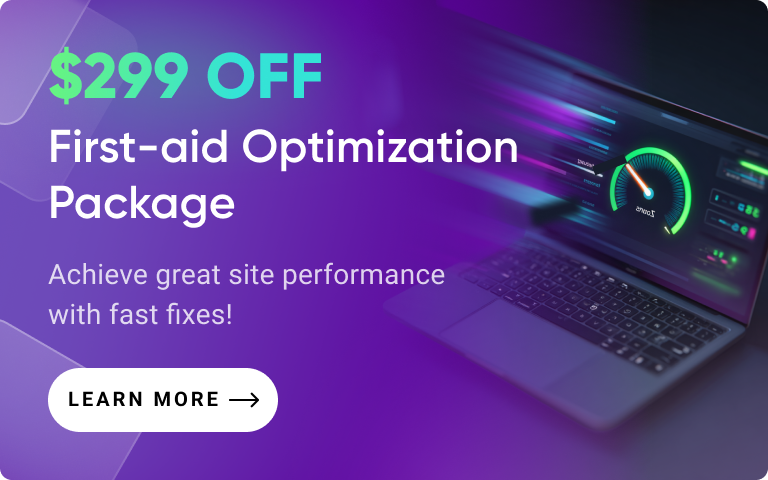Why headless commerce?
Flexible frontend
Separation of the server and interface parts allows you to create any number of interfaces (frontend platforms) without changing the information in the database on the server.
Omnichannel
Businesses today are taking an omnichannel approach. It's important to provide a quality user experience regardless of the brand communication channel: whether it's a mobile app, website, or social network. Headless commerce allows you to work simultaneously across multiple distribution channels. All the key information is concentrated in a single backend platform — it is easy to export it for presentation in any interface. No special settings are required: everything is working out of the box.
Customization
This approach to the frontend offers ample opportunity for customizing the solution to meet the customer's requirements. The headless model allows a business to keep what works and replace or solve what doesn't. Adding something new doesn't require a complete platform replacement.

Stability
Headless architecture can protect your business from crashes. If there is a problem with any service, it is easy to replace it with another. All because it communicates with the backend via API. In addition, contrary to many myths, headless commerce is secure, resilient to high stress, and has high performance.
Personalization
Headless software gives you more options for personalizing content. It allows you to provide users with exclusive offers that are more likely to interest them. There's much room for personalization, from the catalog to the personal account.
Easy migration
The headless commerce architecture allows you to easily migrate from one interface to another, if necessary. So, for example, you can migrate your site from Magento 1 to Magento 2 painlessly.
How does it work?
Level 1
Level 1 is the devices from which online purchases are made. This level is about interaction with customers. It is essentially a frontend.
Level 2
At this level, the data for the first level is transmitted via API.
Level 3
This is the backend itself, which is divided into parts. These are isolated pieces of code, each working with its database. Thus, all elements such as search, shopping cart, or checkout have their piece of code. This reflects stability and easier scalability.
Level 4
This is where the databases are located. They store and organize the information of your store.
Headless commerce examples in e-commerce
Nike

Nike wanted to create a mobile-focused e-commerce site to increase sales in that segment. This required them to optimize every element, including visual design and calls to action.
With Headless Commerce, they implemented a solution to optimize the experience across all pages. As a result, Nike became the market leader, overtaking its age-old competitor Adidas.
LARQ

The company wanted flexibility and customizability as it managed multiple international sites. Choosing a headless architecture gave LARQ the ability to manage multiple international sites in a single domain. In addition, the brand gained the ability to customize the site according to customer needs. In particular, they can now use features such as multi-currency shopping to improve the customer experience.
A 400% increase in revenue over last year, an 80% increase in conversion rates in three months, and the ability to expand internationally quickly are the results of the move to headless commerce software.
K2 Sports

K2 Sports is an umbrella brand that sells products from a variety of outdoor sports brands. Each of these brands needed the ability to maintain its distinctive brand voice, product information, and services on the platform.
K2 decided to go with a headless solution, which has successfully eliminated reliance on development and increased the amount of content they publish to meet the needs and goals of the brand. They can now create sites 75% faster and publish content 90% faster.
Is it worth the switch to headless commerce? You can get the answer by thinking about whether this model can solve your business problems. If you are faced with the fact that you have outgrown the technical capabilities of your store, but you are stymied by the capabilities of the standard approach, then the answer is positive, otherwise, take your time.
















